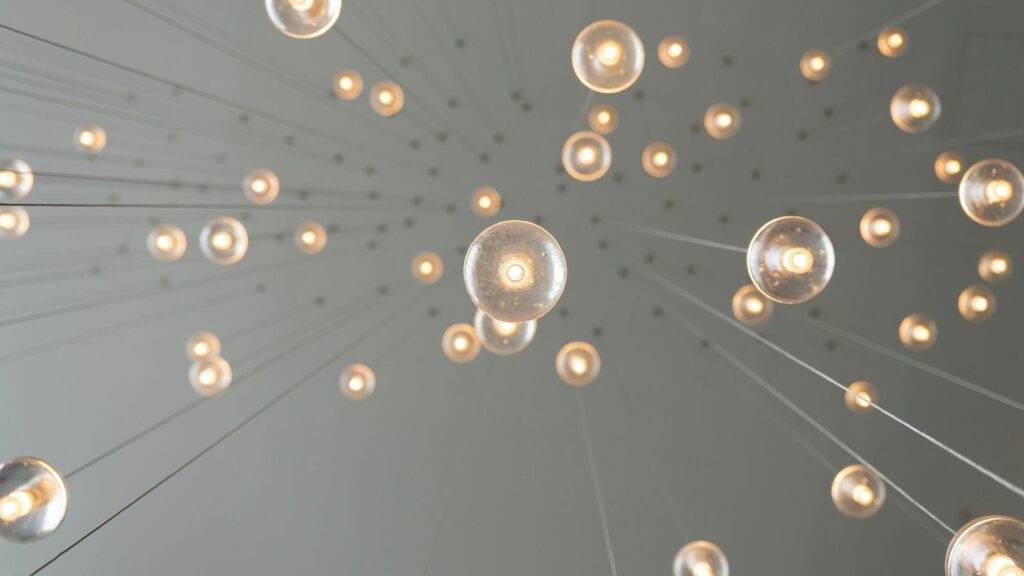The Eye of Gyre, an art exhibition space in Tokyo’s Harajuku neighborhood, recently introduced the world’s first 3D photo booth. It is appropriately named the 3D Shashin-Kan, which literally translates to ‘3D Picture Space.'
The 3D Shashin-Kan has a much more complex process than its predecessor, the traditional 2D photobooth. While users of a 2D photobooth pose for their pictures for about a minute, individuals at the 3D photobooth are required to remain still for six minutes while a full-body scan is performed. There are also some restrictions on certain attire for a successful 3D Shashin-Kan session, such as reflective clothing, fine prints, and wide-rimmed glasses. The latter must come as much of a dismay to of many Japanese hipsters, I'm sure.
On top of the complicated process, you can’t bring your product home with you that day. The total time for the figurine to be created and delivered is at least one month.
To take advantage of this service, you must reserve a photo booth session ahead of time. Spots are already limited, and the exhibition ends January 14, 2013. Clearly, the 3D Shashin-Kan appeals to the Japanese public.
These miniature versions of you and your loved ones are available in 10cm, 15cm or 20cm sizes and prices range from $264-$528. It may seem expensive but it is currently cheaper than forking out for your own 3D printer (around $1,600). However the technology is becoming more accessible with Staples planning to roll out 3D printing facilities in European stores early 2013. 3D printed products are already available online and websites now offer to print from your design and post out the result. Investigations are even being carried out into the printing of human organs for transplant.
Currently, a similar service is thriving in New York City. At the Makerbot store, people sit in a photobooth while four pictures are taken of their face at different angles. These pictures are then used to design and create a model of the person’s head. Like the Japanese 3D photobooth, this is not a quick service; creation and delivery also takes approximately one month.
October saw the London 3D Printshow exhibiting the current capabilities of 3D printers including shoes, jewellery, lampshades, guitars, a dearth of figurines and even prosthetic limbs. Burgeoning potential spanning not least the fields of fashion, architecture, interior design and healthcare was in evidence. One designer described delegating the design work to the machines by inputting algorhythms that allow the technology to design products themselves. Undeniably these are exciting advances and enthusiasts predict a revolution in manufacturing causing complete economic reconfiguration, empowering smaller businesses and the individual.
As with e-readers, 3D printers seem likely to join their predecessors in the marketplace, rather than replace them. Traditional manufacturing may retain the market for products like tools and electronics that require greater durability and complexity but an industry catering to artists, crafters, and hobbyists looks ready to bloom.
Some may see this trend of 3D photobooths as a reflection of the widespread rise of individualism that has occurred over the past five or so decades. However, the technology behind 3D printing is arguably a valuable tool for creativity and individual expression as well, with a staggering potential for bolstering the pursuits of collectives. Less developed nations will be able to use 3D printers with a set of basic 'inks' or feedstock materials to print medicines and cleaning products that more developed nations have taken for granted for a long time.
Image by watz, courtesy of Creative Commons licensing.













